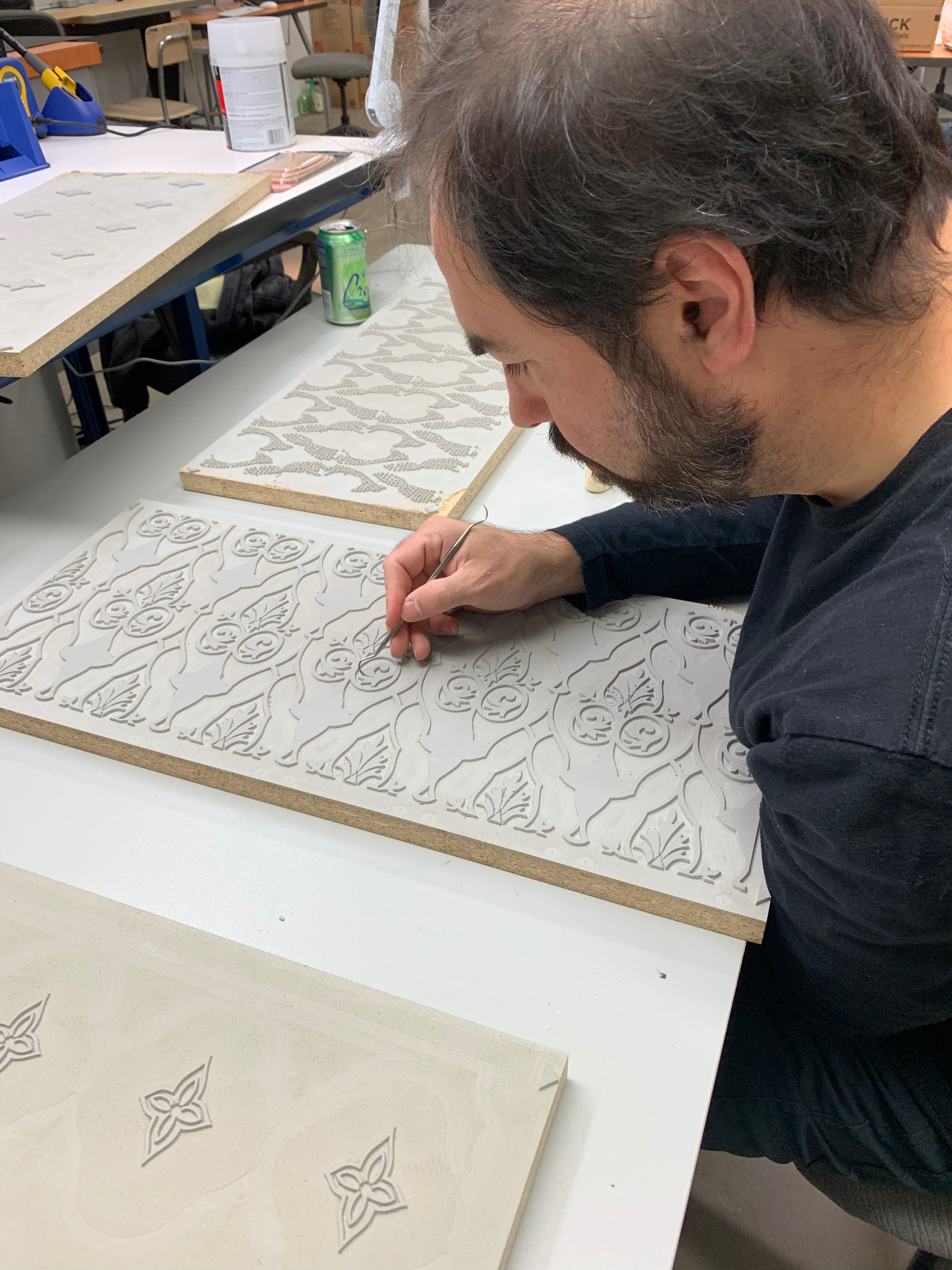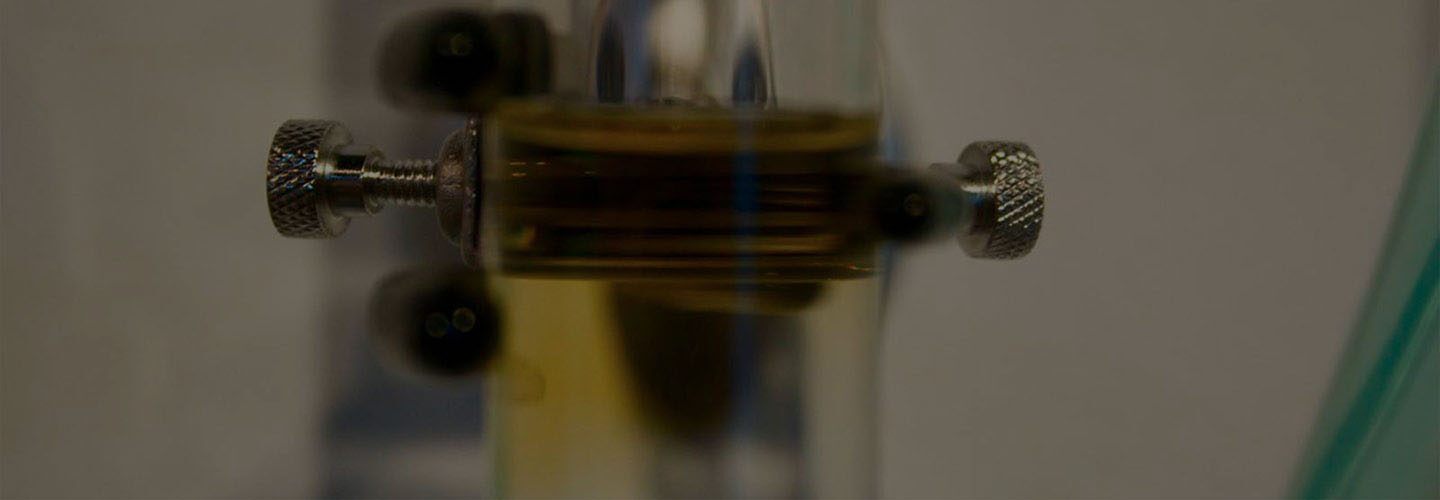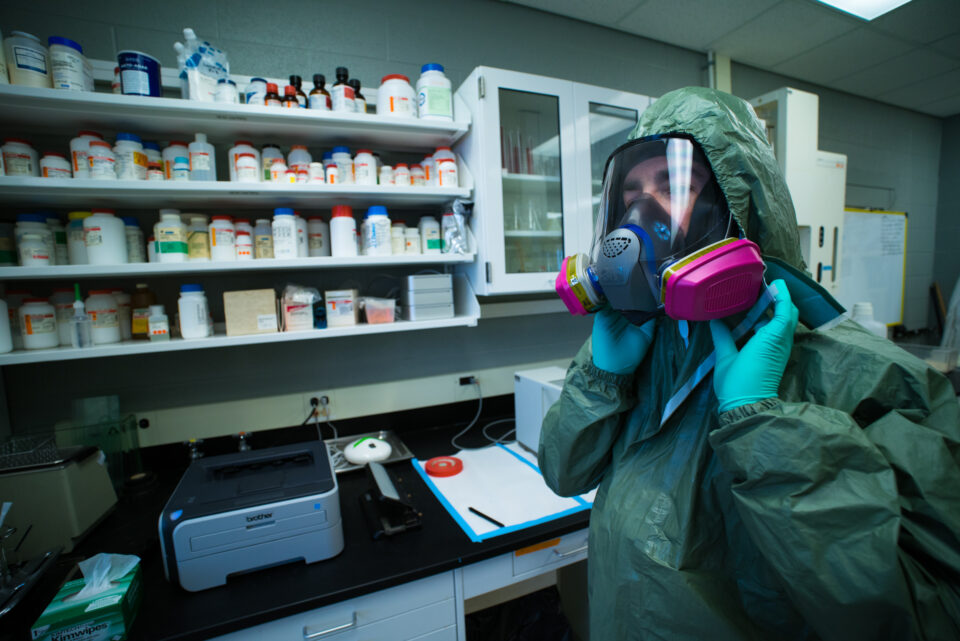2019-ongoing
Shadows from the Walls of Death is a performance series that investigates the historical, chemical, and material agency of Paris Green, one of the most toxic pigments ever produced. This series explores the industrial overuse of heavy metals that resulted in the contamination of human and non-human ecologies. Paris Green, a copper arsenic pigment, revolutionized the field of art and industry with its luminosity and longevity. However, its popularity led to hundreds of thousands of people being exposed to highly toxic arsenic, causing severe symptoms and even death. The performance series draws inspiration from Dr. Robert Kedzie, who wrote a book in 1874 to raise public awareness about the dangers of arsenic-pigmented wallpaper. The performances recreate the synthesis, production, and use of Paris Green, highlighting the ways in which nature already had a remedy for this poisonous attempt to mimic her. The performances also raise important questions about the countless pieces of art that continue to hang on museum walls made with the now-toxic Paris Green pigment. The series explores the inherent irony that art often tries to mimic nature but in doing so by artificial means, mediate our connections to nature in harmful ways that then need remediation. The final irony is that this remediation leads to new forms of art, such as that represented by Shadows from the Walls of Death, taking advantage of the mediation of natural processes themselves for that remediation.
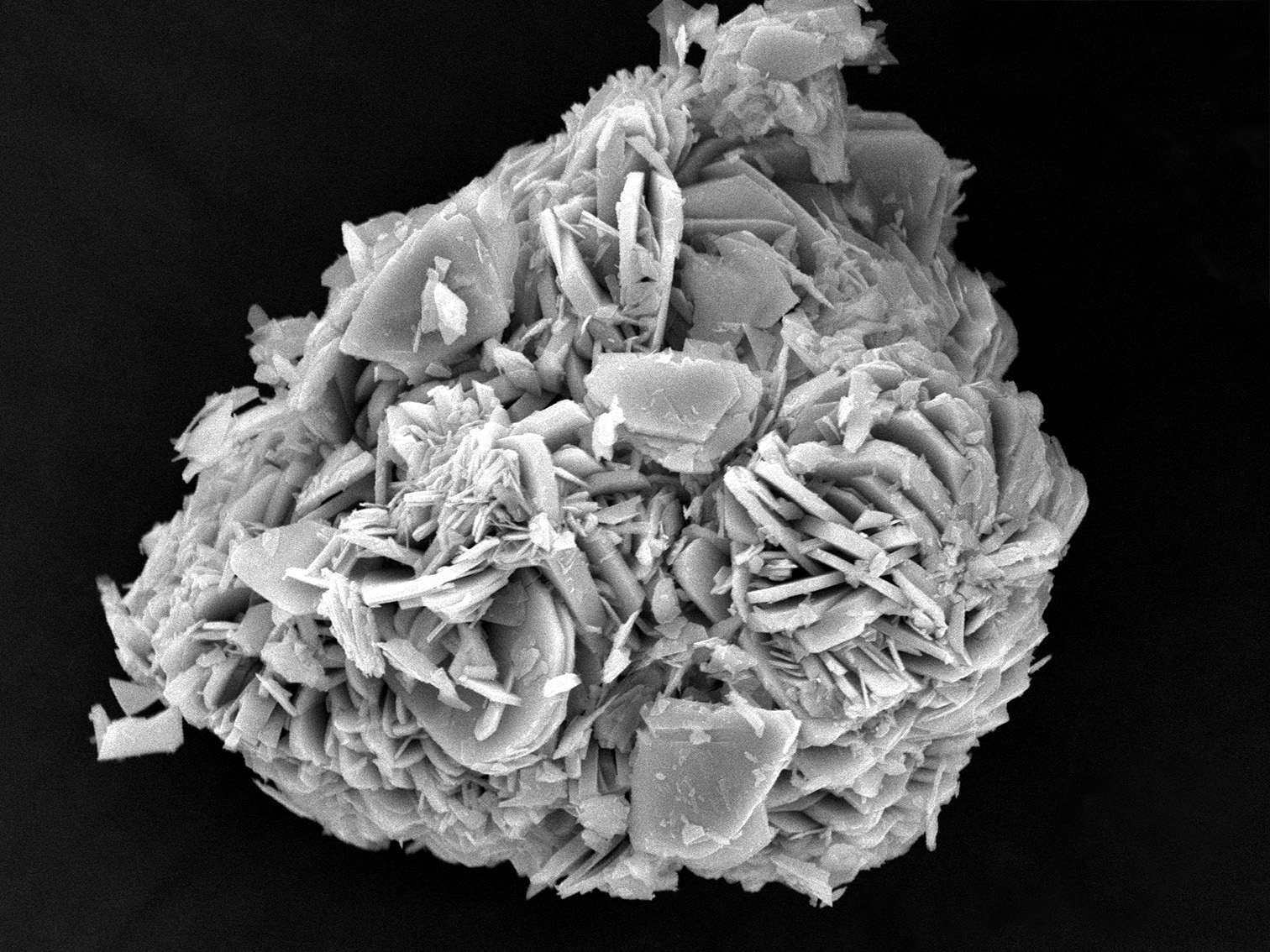
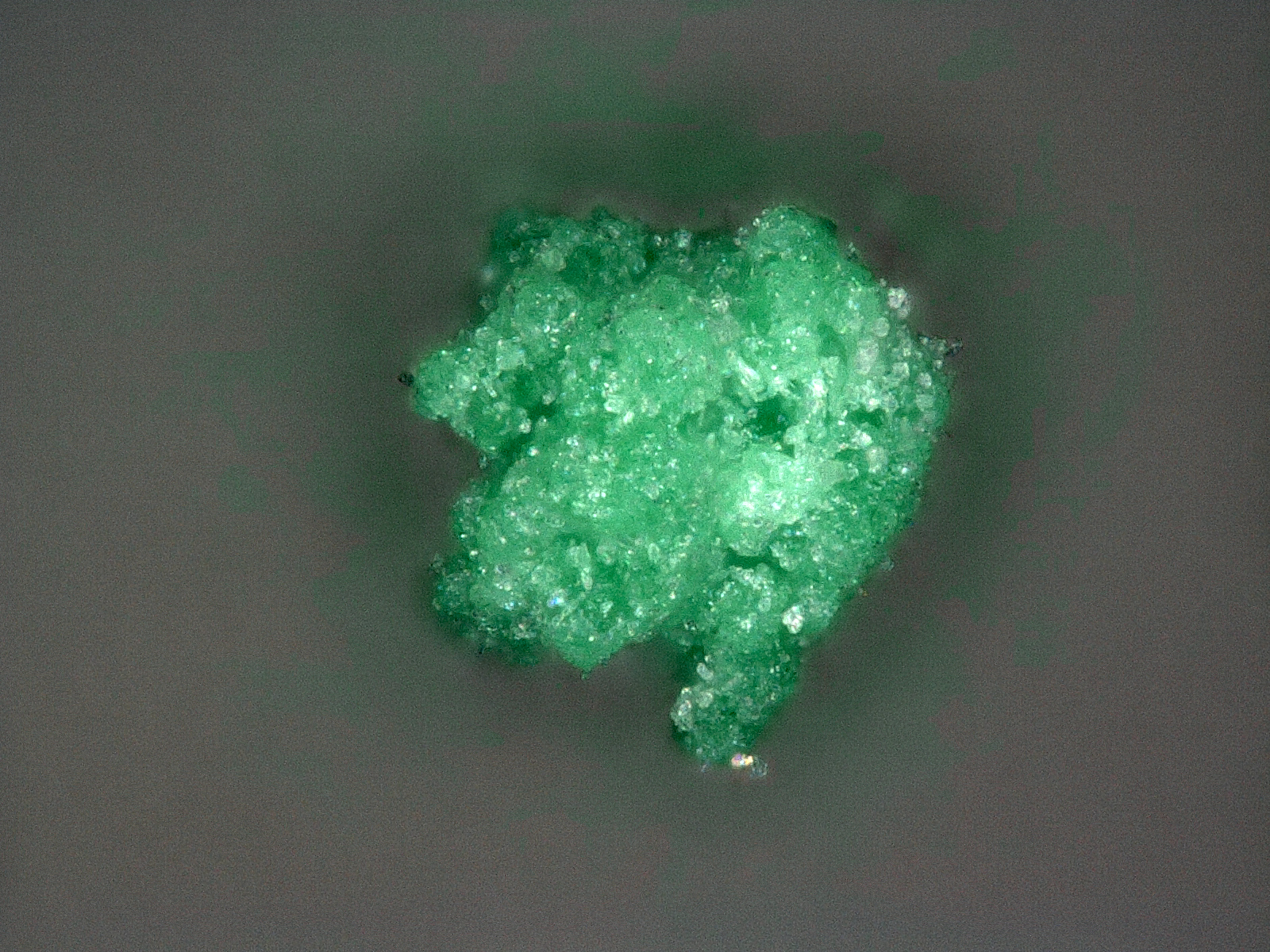
SEM @ 3,300x and Keyence light microscope image of synthesized Paris Green
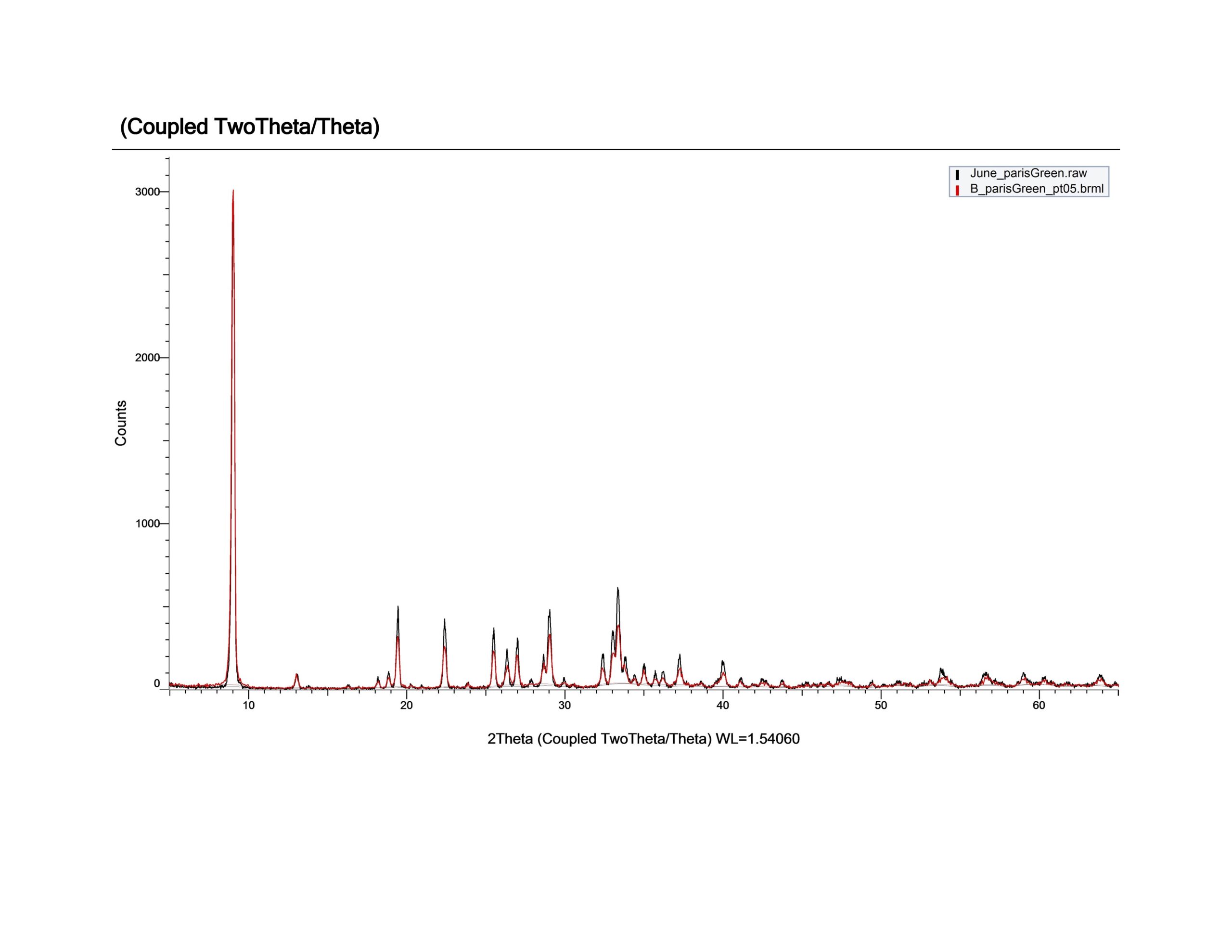
X-ray Powder Diffraction (XRD) analysis of laboratory synthesized Paris Green or Cupric Aceto-arsenite depicting an exact match to the Harvard color database.
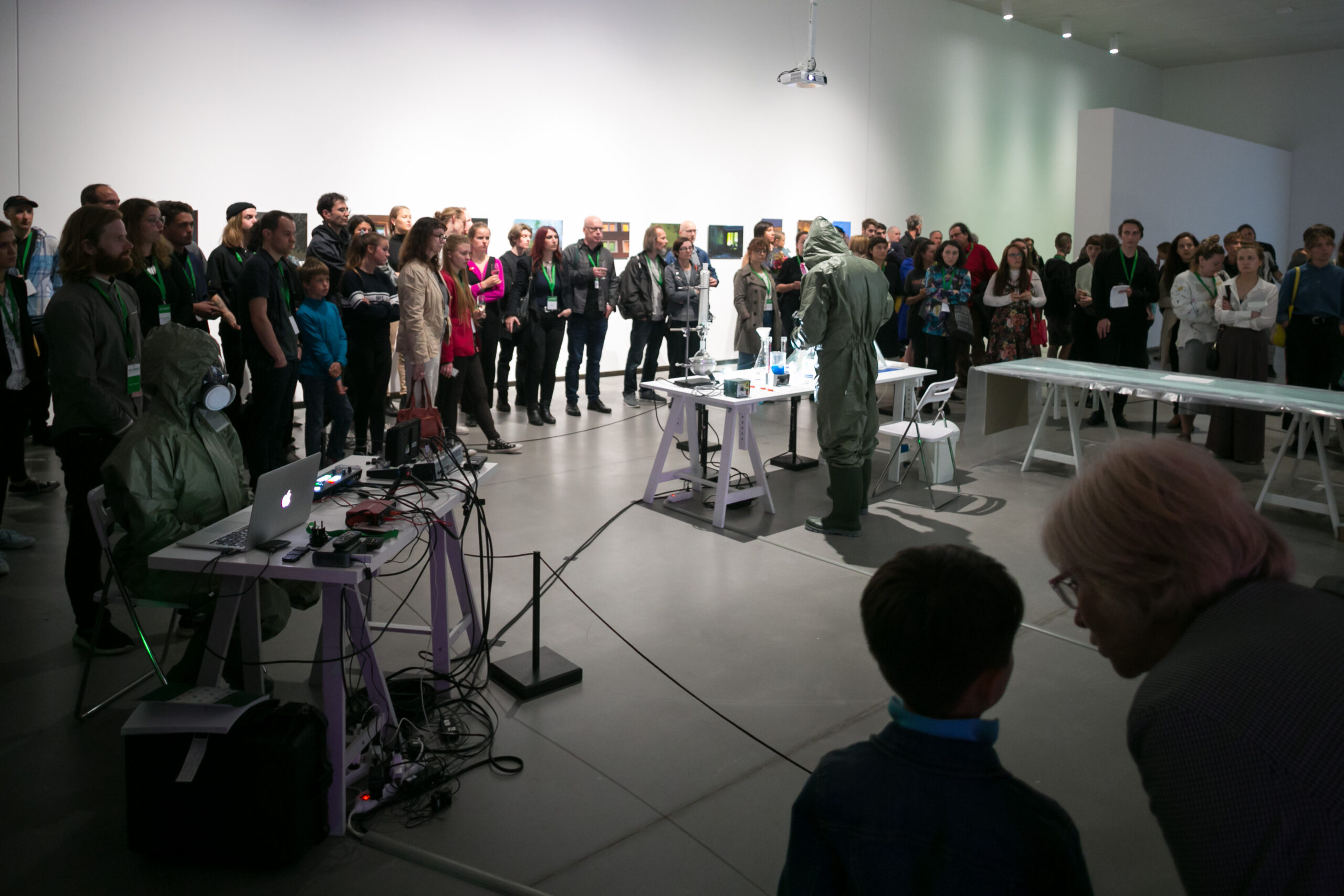
Shadows From the Walls of Death, performance, RIXC, Riga, Latvia 2019.

Shadows From the Walls of Death, performance, RIXC, Riga, Latvia 2019.
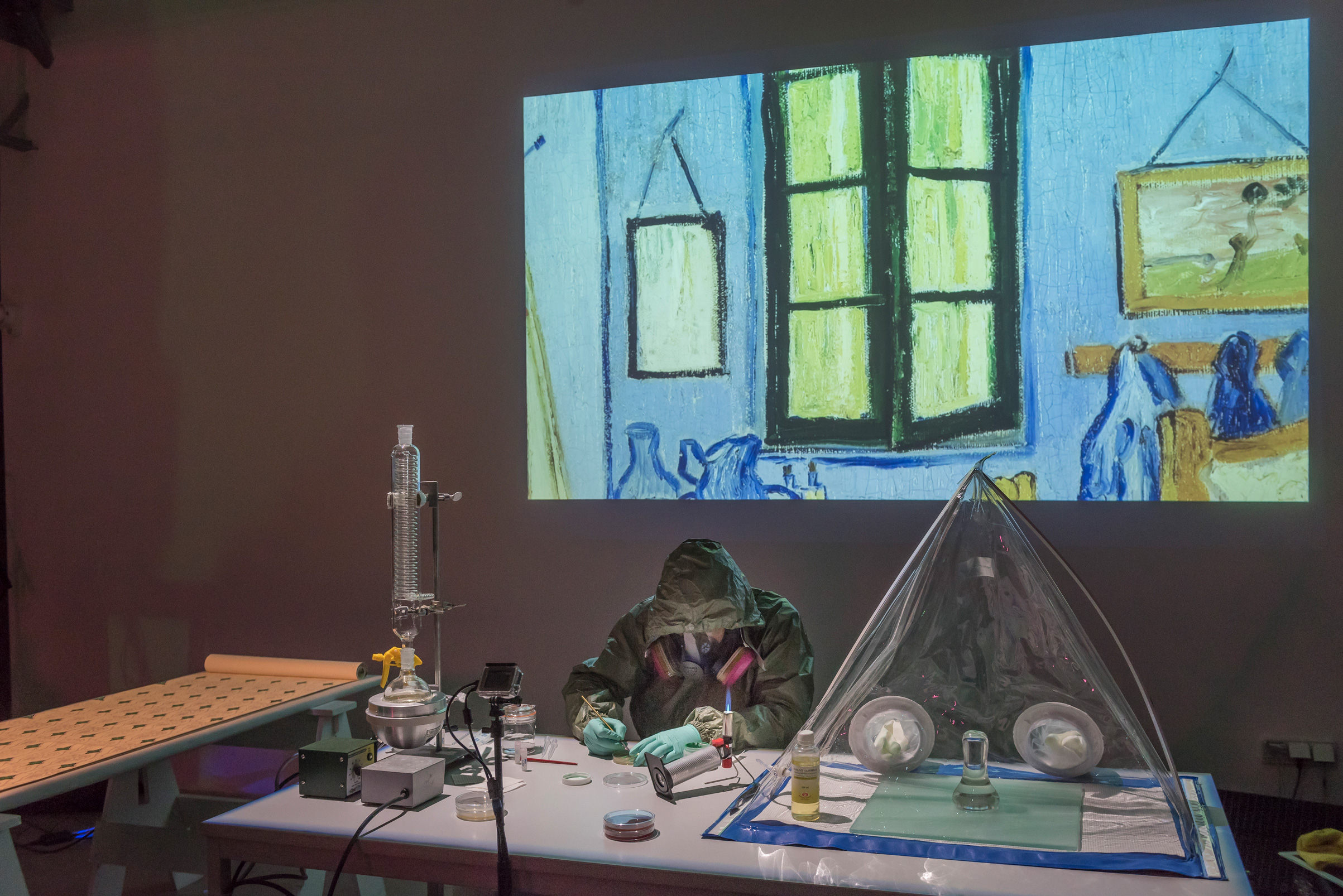

Shadows From the Walls of Death, performance. Painting with Paris Green. 2019. Paris Green paint inoculated with Herminiimonas Arsenicoxydans. 2019. Transpalette, Bourges, France. Photo credit Axel Heise
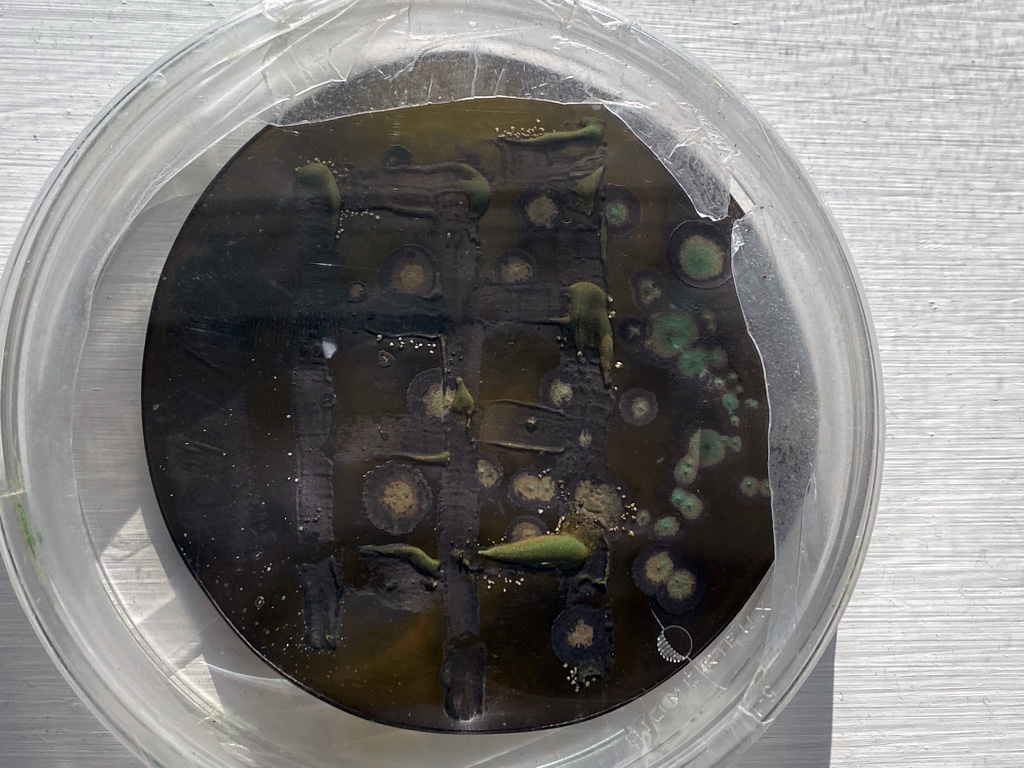
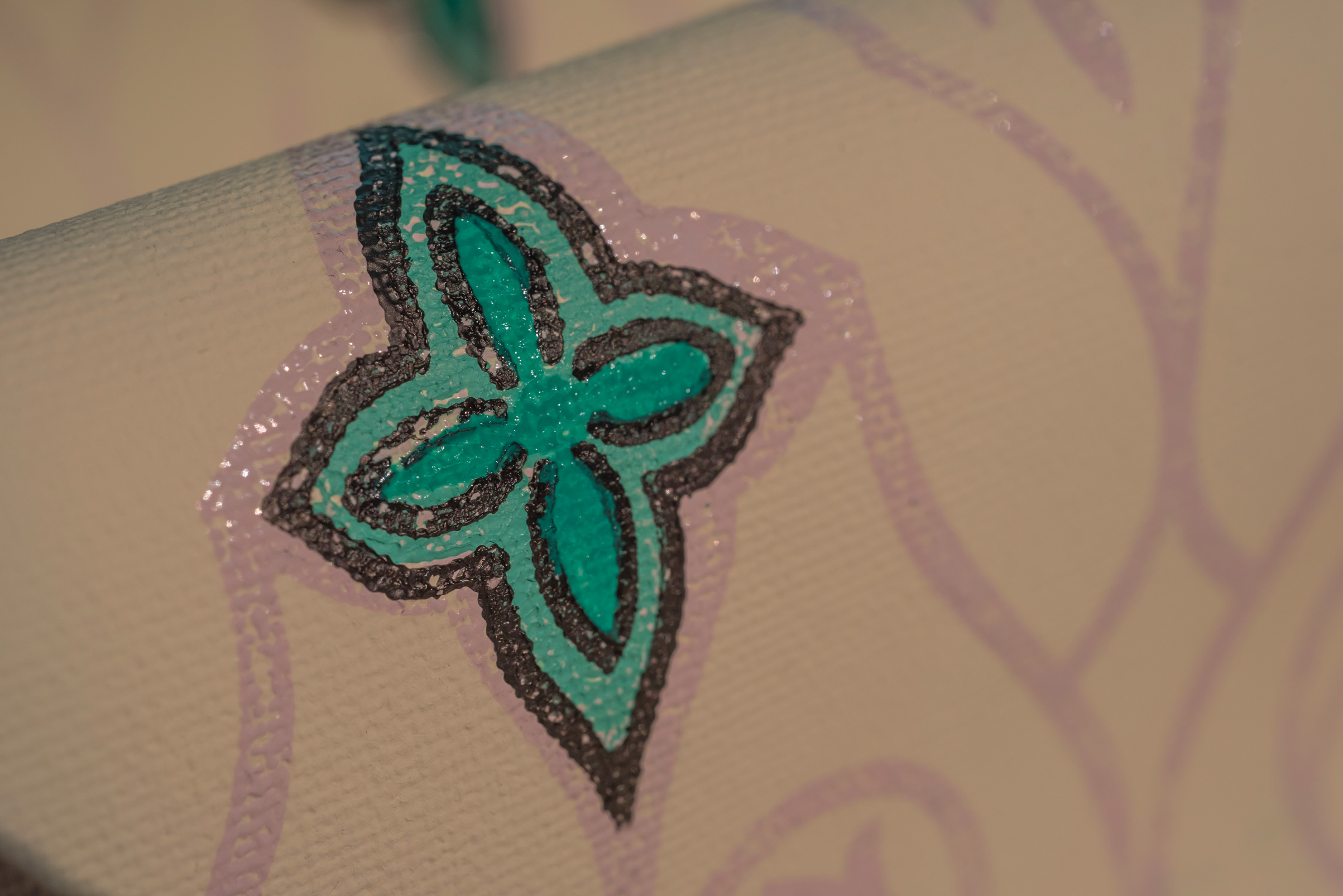
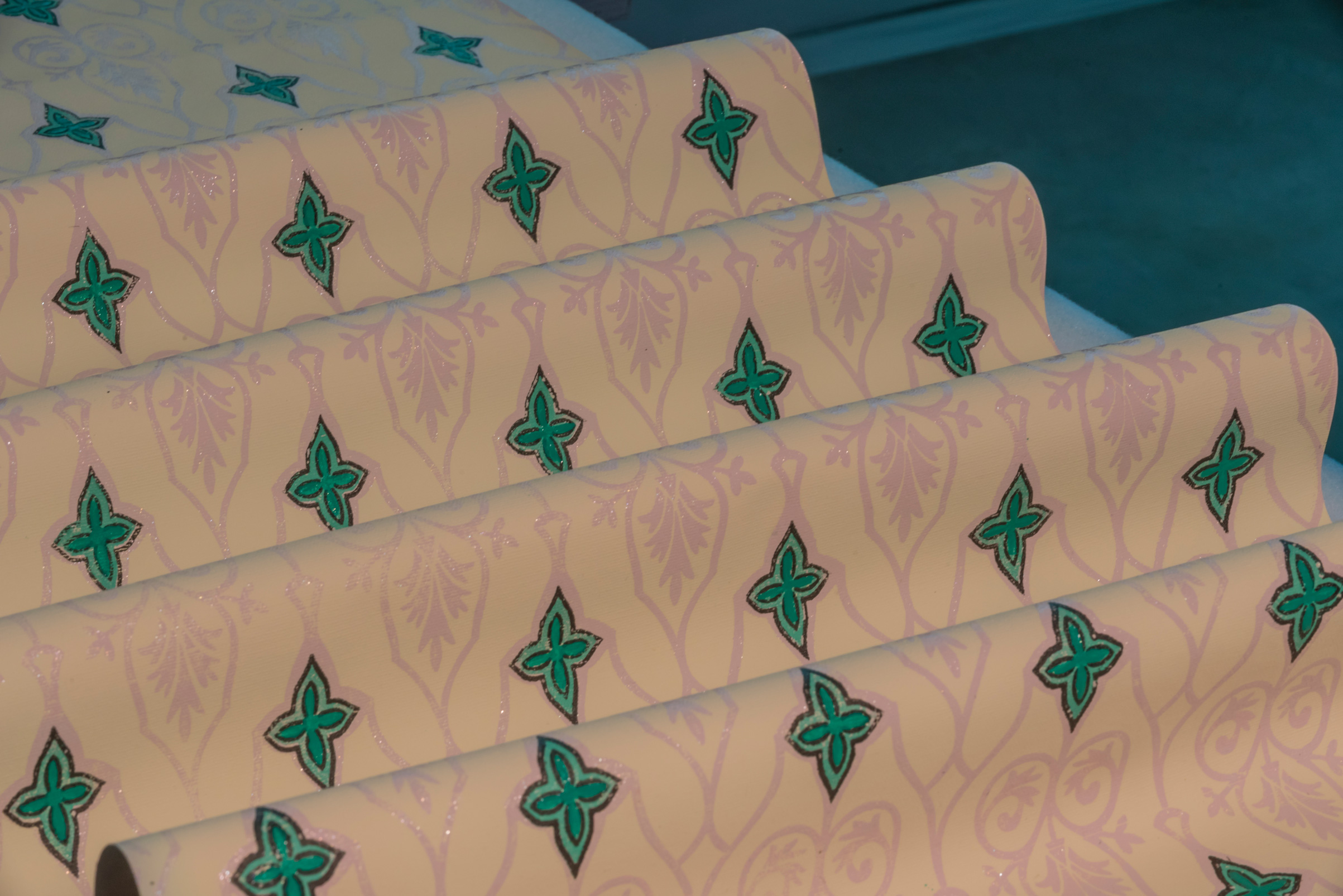
Shadows From the Walls of Death, performance, 2019. Transpalette, Bourges, France. Reproducing wallpaper from Robert Kedzie’s Book. Photo credit Axel Heise

